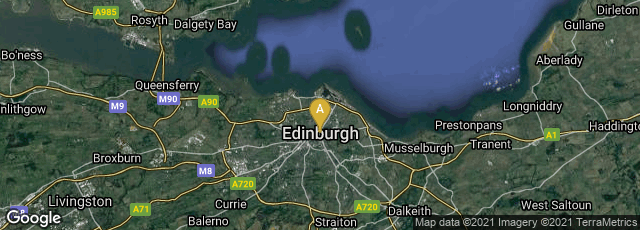Set of 17th century Napier’s bones, on display in the Discoveries gallery at the National Museum of Scotland.


A: Edinburgh, Scotland, United Kingdom
In 1617 Scottish mathematician John Napier published Rabdologiae, describing two calculating devices: “Napier’s bones,” and the Multiplicationis promptuarium, or the lightning calculator. Examples of these devices, especially Napier's bones, were sold by instrument makers.
"He [Napier] wrote that the multiplication and division of great numbers is troublesome, involving tedious expenditure of time, and subject to "slippery errors." His tables reduced these difficulties to simple addition and subtraction, and won immediate recognition. A set of Napier’s bones are usually made of boxwood or ivory and often contained in a box or case that would fit in a pocket. A set usually contains 10 rods, plus extras representing squares and cubes.
"Use. Addition is accomplished by reading the appropriate bones along the diagonal. To obtain a product of 224 x 44, the rods 2, 2, and 4 are put alongside each other, and the result is read off by combining the numbers in the fourth row -- 0/8, 0/8, 1/6 -- for the correct answer 896. This is repeated and the two products added together to give 9856. The bones are sometimes associated with an abacus to provide a store in the multiplication process" (Gordon Bell's website, accessed 10-12-2011).
Translated into English by William F. Richardson as Rabdology, Cambridge, MA.: MIT Press, 1990.